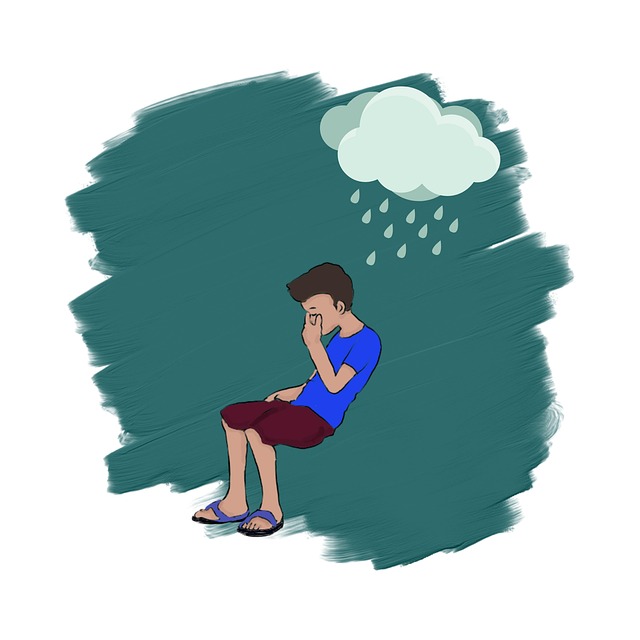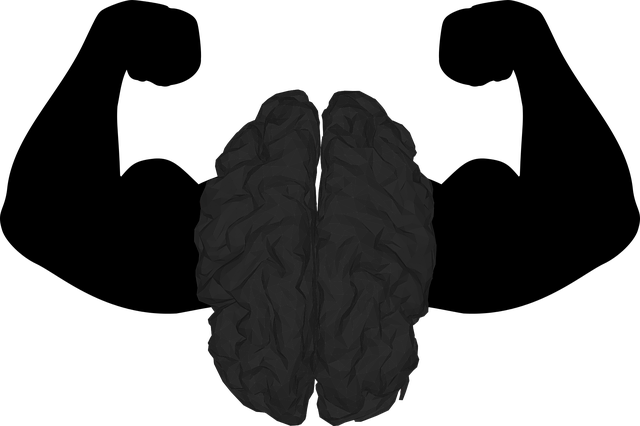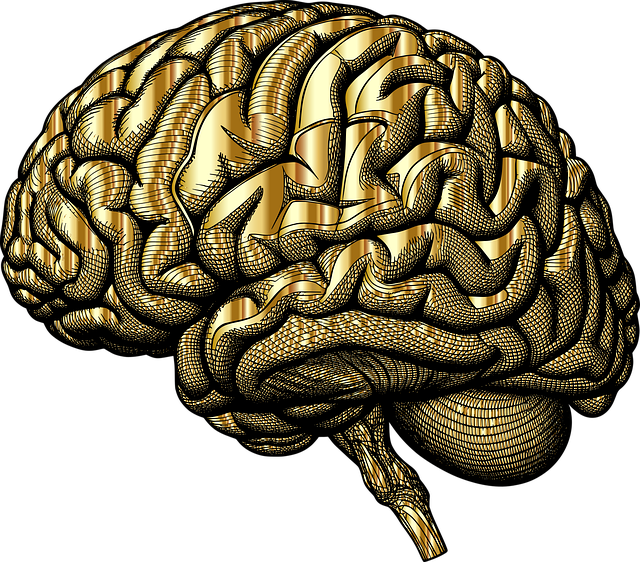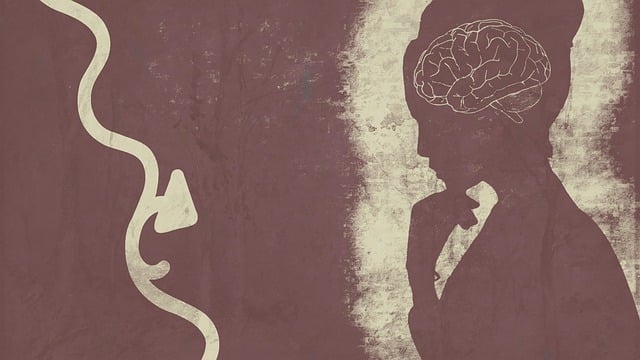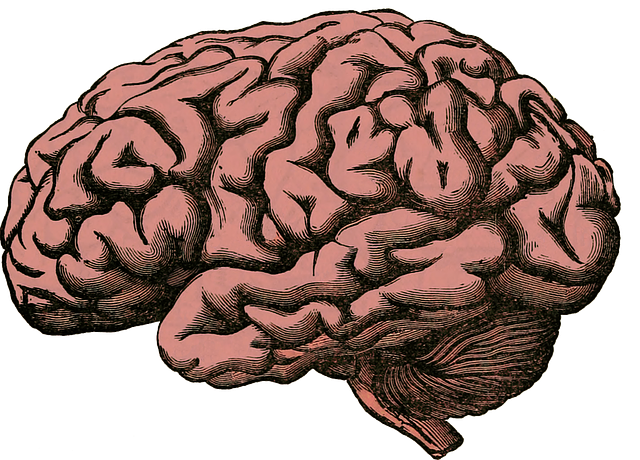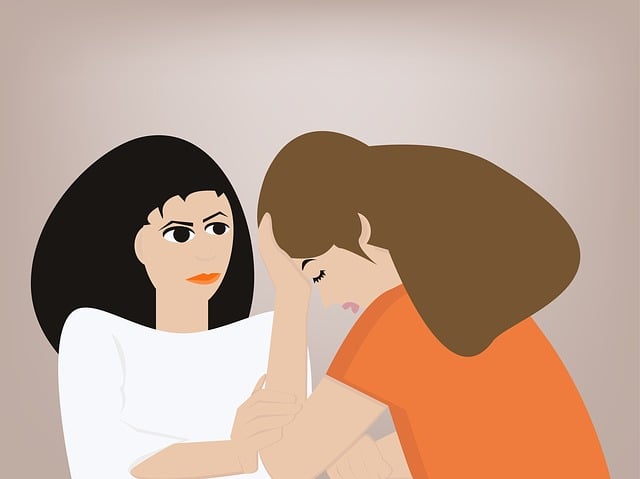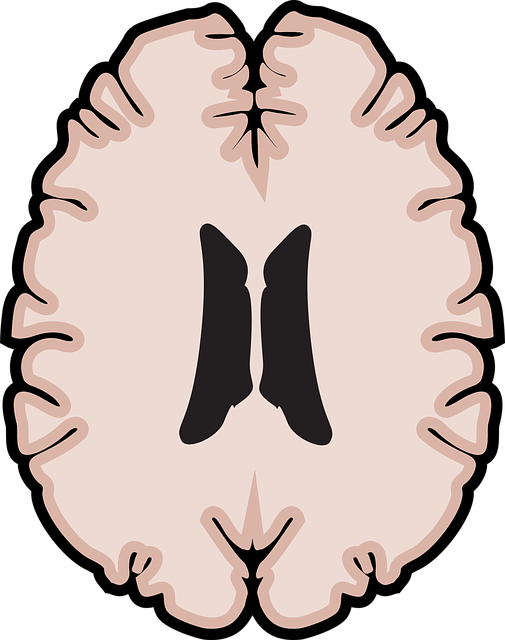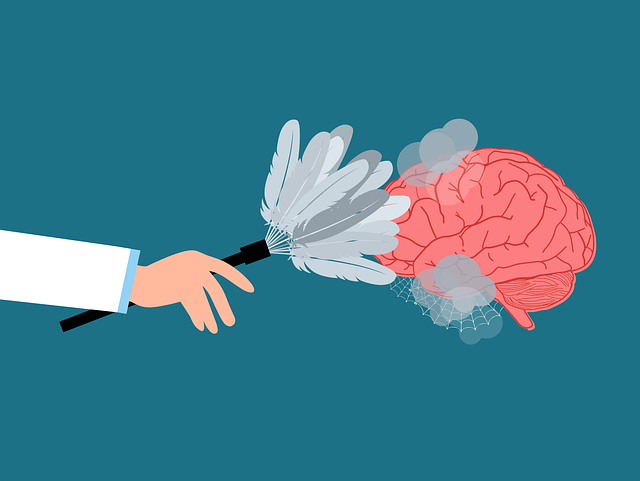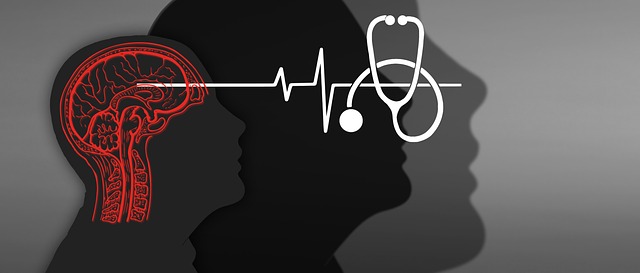Mental healthcare professionals treating Centennial Panic Disorder and Anxiety Attacks Therapy must prioritize cultural sensitivity to meet diverse client needs. This involves integrating cultural competence through education, risk management planning, stress management techniques, and tailored communication strategies. By creating inclusive environments, promoting emotional well-being, and practicing active listening without judgment, therapists can build trust, ensure accurate diagnoses, and implement effective treatment plans in multicultural settings.
In today’s diverse society, cultural sensitivity is paramount in mental healthcare. Understanding and navigating cultural nuances can significantly impact treatment outcomes, especially when addressing conditions like Centennial Panic Disorder and Anxiety Attacks. This article explores the importance of cultural sensitivity, delving into strategies for therapists to provide culturally competent care. By examining approaches tailored to diverse contexts, we aim to enhance therapeutic effectiveness and foster better patient outcomes.
- Understanding Cultural Sensitivity in Mental Healthcare
- Navigating Centennial Panic Disorder and Anxiety Attacks within Diverse Cultural Contexts
- Strategies for Culturally Competent Therapy Practice
Understanding Cultural Sensitivity in Mental Healthcare

Cultural sensitivity in mental healthcare is a critical aspect that cannot be overlooked when providing therapy to individuals from diverse backgrounds. It involves recognizing and appreciating the unique cultural values, beliefs, and practices of each client, ensuring their mental health journey is inclusive and effective. In today’s diverse societies, mental healthcare professionals must be equipped to navigate different cultural contexts, especially when addressing common issues like Centennial Panic Disorder and Anxiety Attacks Therapy.
Understanding cultural sensitivity means going beyond surface-level awareness. It requires professionals to develop inner strength by integrating cultural competence into their practice. This involves educating themselves on various cultural perspectives, learning risk management planning for mental health professionals to mitigate potential pitfalls, and mastering stress management techniques that cater to diverse client needs. By embracing these strategies, therapists can foster a safe space, promote healing, and empower clients to embrace their inner strength during challenging times.
Navigating Centennial Panic Disorder and Anxiety Attacks within Diverse Cultural Contexts

Navigating Centennial Panic Disorder and Anxiety Attacks within Diverse Cultural Contexts requires mental healthcare professionals to be adept at understanding and respecting cultural nuances. Every community has its unique ways of expressing fear, anxiety, and distress, which can significantly impact how individuals present their symptoms. For instance, what might seem like a typical anxiety attack in one culture could be interpreted differently in another. This is where the role of therapy becomes pivotal, offering safe spaces for clients to express their experiences without judgment.
Effective Centennial Panic Disorder and Anxiety Attacks Therapy involves a combination of tailored risk assessment for mental health professionals, emotional well-being promotion techniques, and enhanced communication strategies. Professionals must employ these tools to build trust with diverse clients, ensuring they feel heard and understood. By doing so, therapists create an environment conducive to open dialogue, which is essential for accurate diagnosis and effective treatment planning in multicultural settings.
Strategies for Culturally Competent Therapy Practice

Cultivating culturally competent therapy practices is essential to effectively treating clients from diverse backgrounds, especially those experiencing anxiety disorders like Centennial Panic Disorder and Anxiety Attacks. Mental health professionals must be adept at navigating cultural nuances to ensure a safe and supportive therapeutic environment. One key strategy involves actively listening to clients’ stories and experiences without judgment, allowing them to express their perspectives freely. This fosters trust and encourages open communication, which is crucial for addressing complex mental health issues.
Additionally, professionals should educate themselves on various cultural traditions, beliefs, and practices relevant to their clientele. Incorporating these insights into therapy sessions demonstrates respect and enables more tailored interventions. For instance, understanding the impact of cultural factors on stress responses can inform personalized risk assessment techniques for mental health professionals. Mentoring programs and workshops focused on Mental Wellness Coaching can further enhance practitioners’ skills in addressing cultural sensitivities. Burnout prevention strategies for healthcare providers are also vital to sustaining culturally competent practices over time.
Cultural sensitivity is a cornerstone of effective mental healthcare, particularly in addressing conditions like Centennial Panic Disorder and Anxiety Attacks. By understanding diverse cultural contexts and employing culturally competent strategies, therapists can create inclusive environments that foster trust and enhance therapeutic outcomes. This approach not only respects individual identities but also allows for more accurate diagnoses and tailored treatments, ultimately revolutionizing care for a diverse range of patients experiencing anxiety-related disorders.
